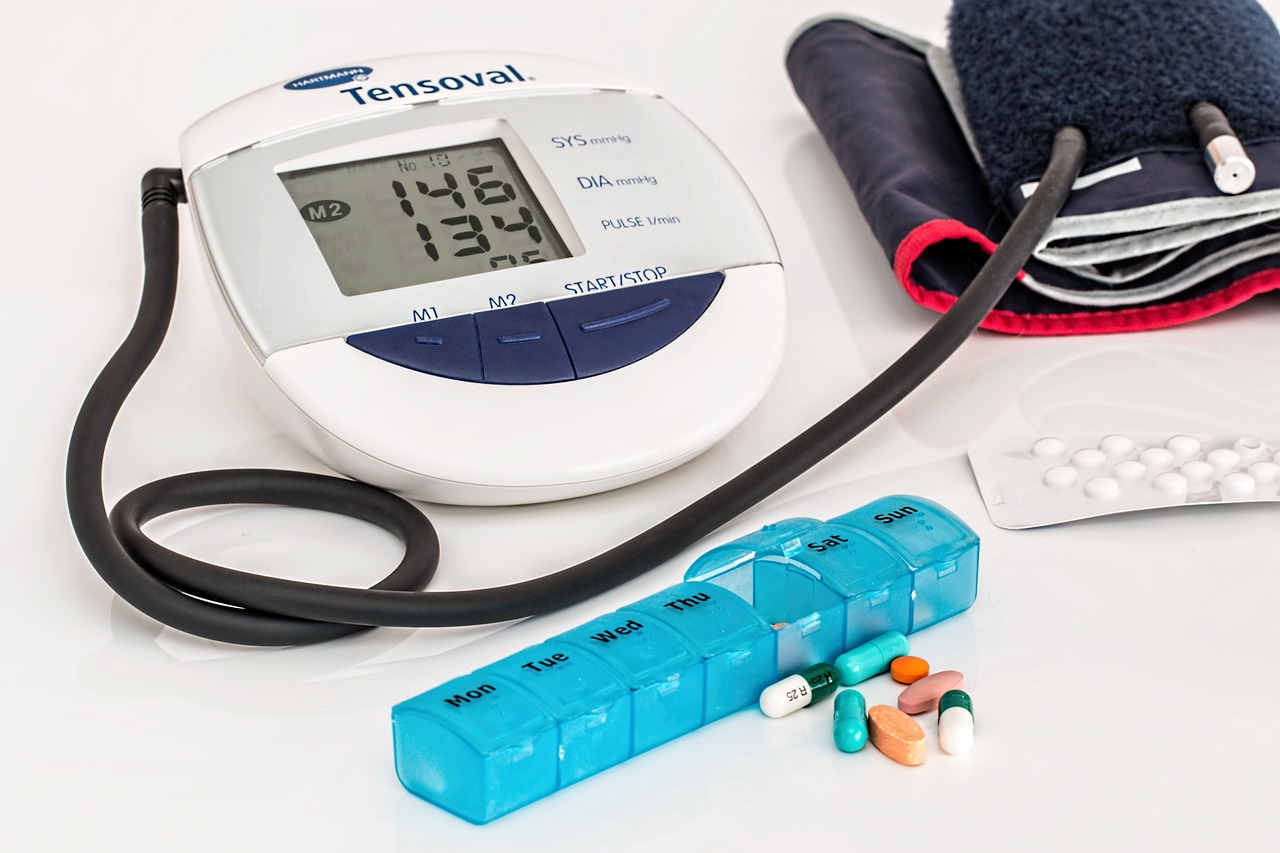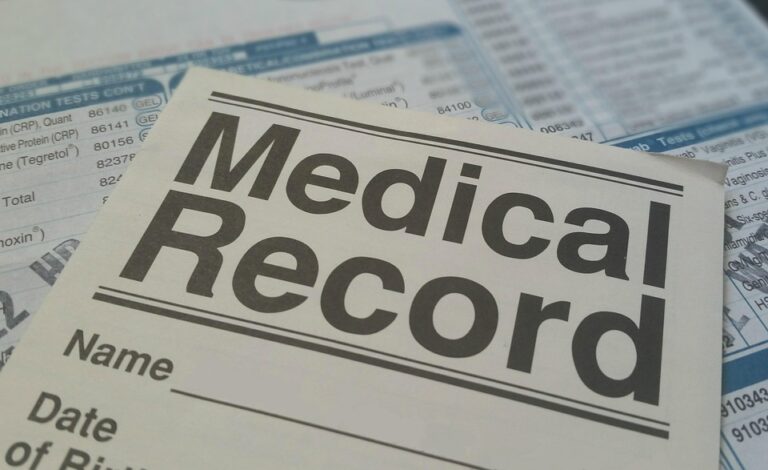Book Appointment Now

Patient Safety and Quality Improvement
Patient safety is at the forefront of healthcare priorities, as it directly impacts patient outcomes and the overall quality of care. Alongside quality improvement in healthcare, these two pillars work together to minimize errors, enhance care delivery, and promote a culture of safety within healthcare settings. This article delves into the essential patient safety initiatives, effective tools and techniques for quality improvement, and the critical role of nurses in fostering a safe healthcare environment.
Do you need paper writing help about patient safety in nursing? ![]()
The Importance of Patient Safety Initiatives in Healthcare
Ensuringthe safety of patients is a fundamental aspect of healthcare. It involves a broad range of practices and procedures designed to prevent harm to patients during their care.
Common Patient Safety Initiatives in Healthcare Settings
Several patient safety initiatives are implemented across healthcare settings to minimize risks and improve care standards. These initiatives are vital for preventing adverse events and ensuring that patients receive the safest care possible.
- Infection Control Protocols: Implementing stringent infection control measures is crucial to prevent healthcare-associated infections. This includes hand hygiene practices, sterilization procedures, and the use of personal protective equipment (PPE).
- Medication Safety Programs: Medication errors are a significant concern in healthcare. Safety programs focusing on accurate medication administration, proper labeling, and patient education are essential to reduce these errors.
- Fall Prevention Strategies: Falls are a common cause of injury in healthcare settings, particularly among elderly patients. Fall prevention strategies include patient assessments, environmental modifications, and staff training.
Tools and Techniques for Quality Improvement in Healthcare
Quality improvement is an ongoing process that seeks to enhance the effectiveness, efficiency, and safety of healthcare services. Utilizing the right tools and techniques is critical for achieving measurable improvements.
Effective Tools and Techniques for Quality Improvement
Several tools and techniques are widely used in quality improvement in healthcare to identify areas of concern, implement changes, and monitor progress.
- Root Cause Analysis (RCA): RCA is a method used to identify the underlying causes of adverse events or errors. By understanding these root causes, healthcare providers can develop strategies to prevent similar incidents in the future.
- Plan-Do-Study-Act (PDSA) Cycle: The PDSA cycle is a framework for testing and implementing changes in healthcare processes. It involves planning a change, executing it on a small scale, studying the results, and acting on what has been learned.
- Six Sigma and Lean Methodologies: These methodologies focus on reducing variability and waste in healthcare processes, leading to more consistent and high-quality outcomes.
The Nurse’s Role in Promoting a Culture of Safety
Nurses are central to the promotion of patients’ safety and quality improvement within healthcare settings. Their daily interactions with patients and their pivotal role in care delivery position them as key advocates for safety.
Do you need nursing essay help on patient safety? Place an order from professional nursing essay writers now.
How Nurses Promote Patient Safety and Quality Improvement
Nurses contribute significantly to promoting a culture of safety through various practices and behaviors that prioritize patient well-being.
- Vigilant Monitoring: Nurses are often the first to notice changes in a patient’s condition. Vigilant monitoring and timely intervention are crucial for preventing complications and ensuring patient safety.
- Patient Education: Educating patients about their care, medications, and safety precautions empowers them to participate actively in their healthcare. This education is a cornerstone of both patient safety initiatives and quality improvement efforts.
- Collaboration and Communication: Effective communication among healthcare teams is essential for maintaining safety. Nurses play a key role in ensuring that information is accurately shared and that all team members are aware of the patient’s care plan.
Patient safety and quality improvement are inseparable elements of providing high-quality healthcare. Through the implementation of patient safety initiatives and the use of quality improvement strategies, healthcare providers can significantly reduce risks and enhance the overall care experience. Nurses, as frontline caregivers, are integral to these efforts, ensuring that patients receive the safest and most effective care possible. By continuing to prioritize safety and quality, healthcare institutions can foster an environment where excellence in patient care is the norm.
Read also:







